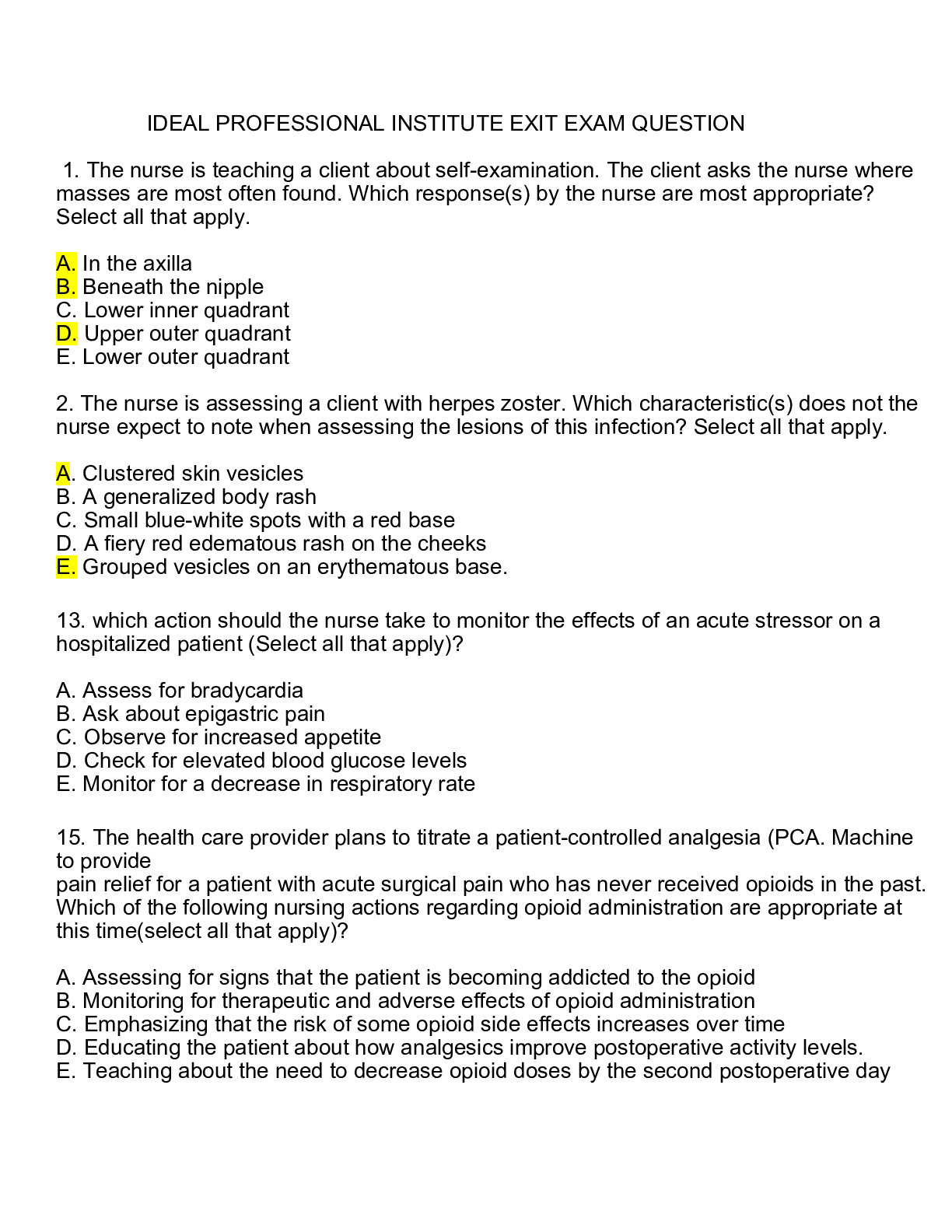IDEAL PROFESSIONAL INSTITUTE EXIT EXAM QUESTION
Course
Project Management
Subject
Chemistry
Category
Exam
Pages
29
Uploaded By
ATIPROS
Preview 5 out of 29 Pages
.png)

Download all 29 pages for $ 7.74
Reviews (0)
$7.74
